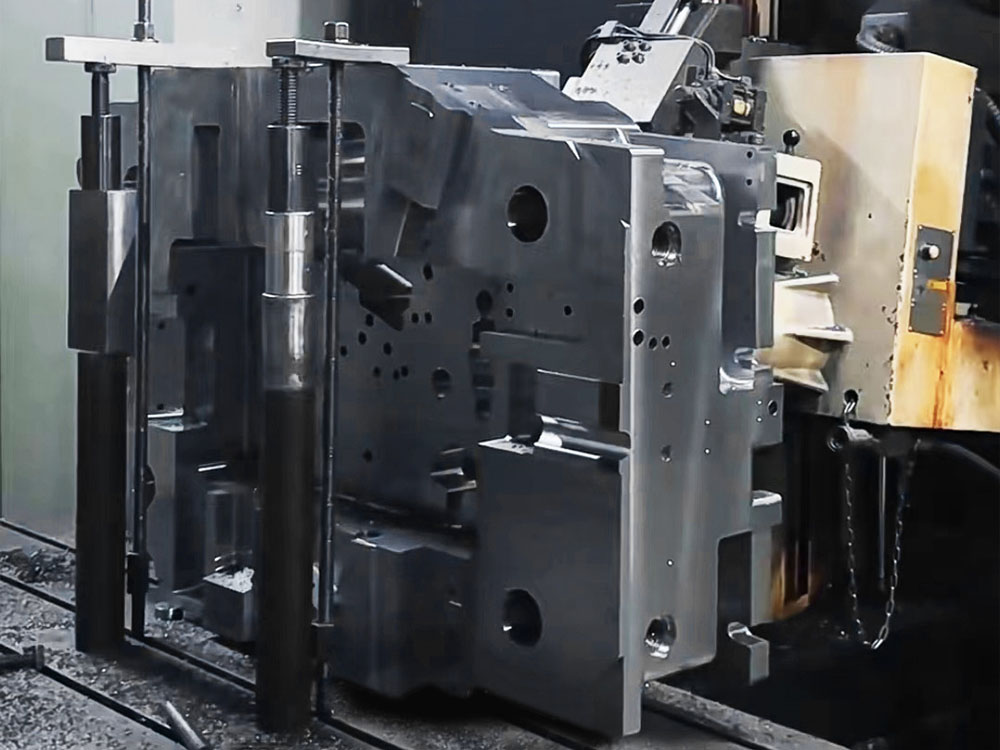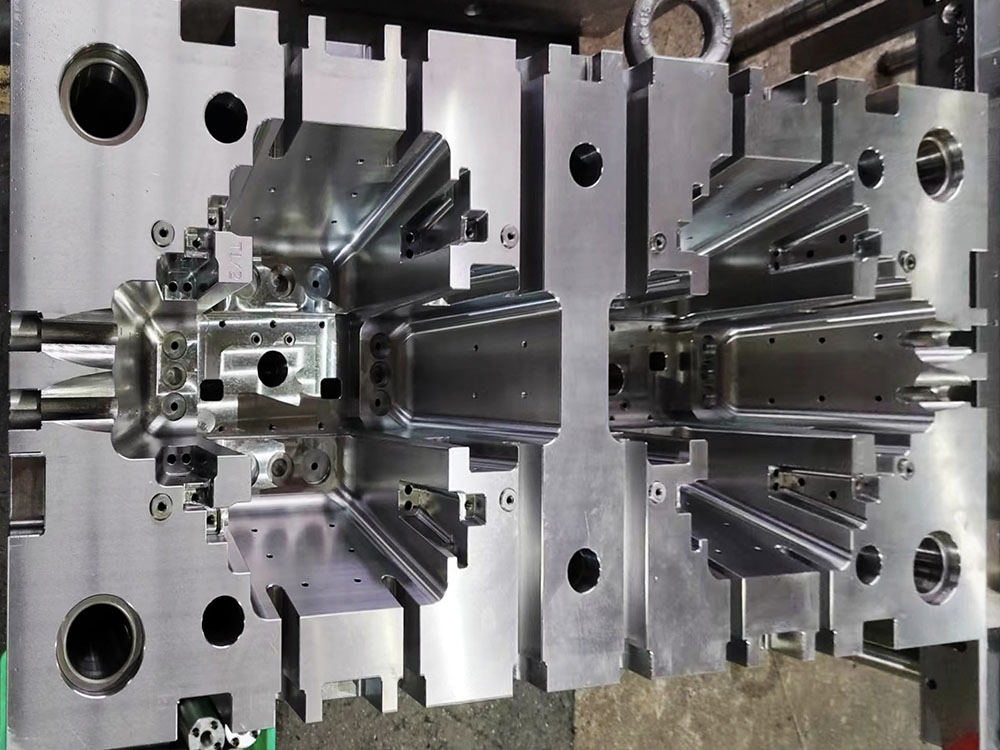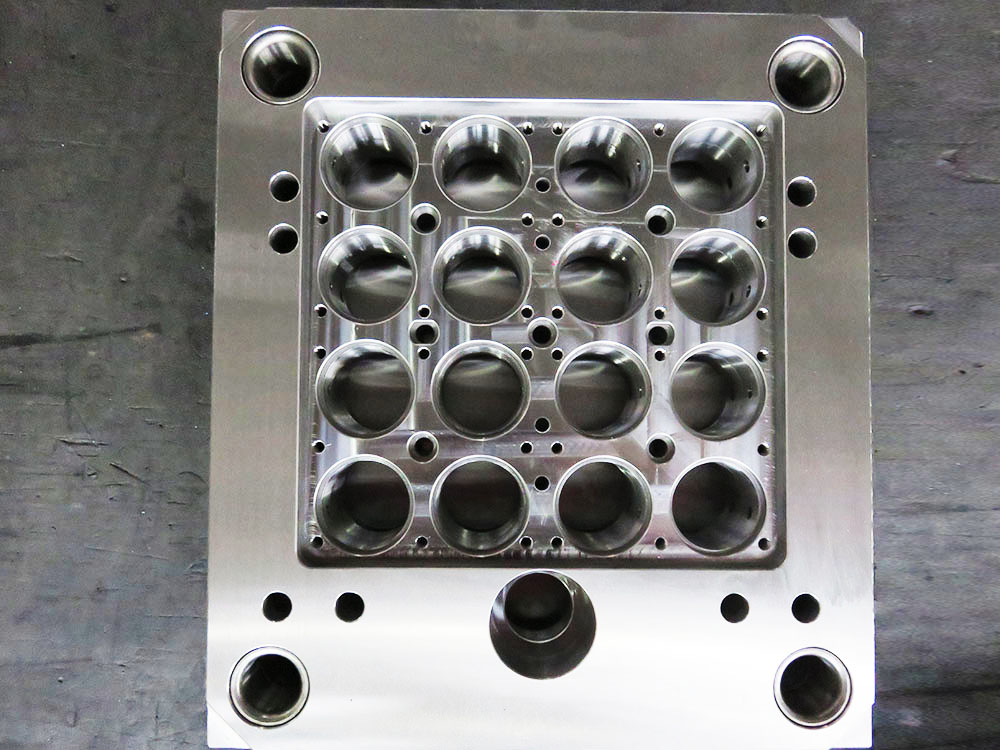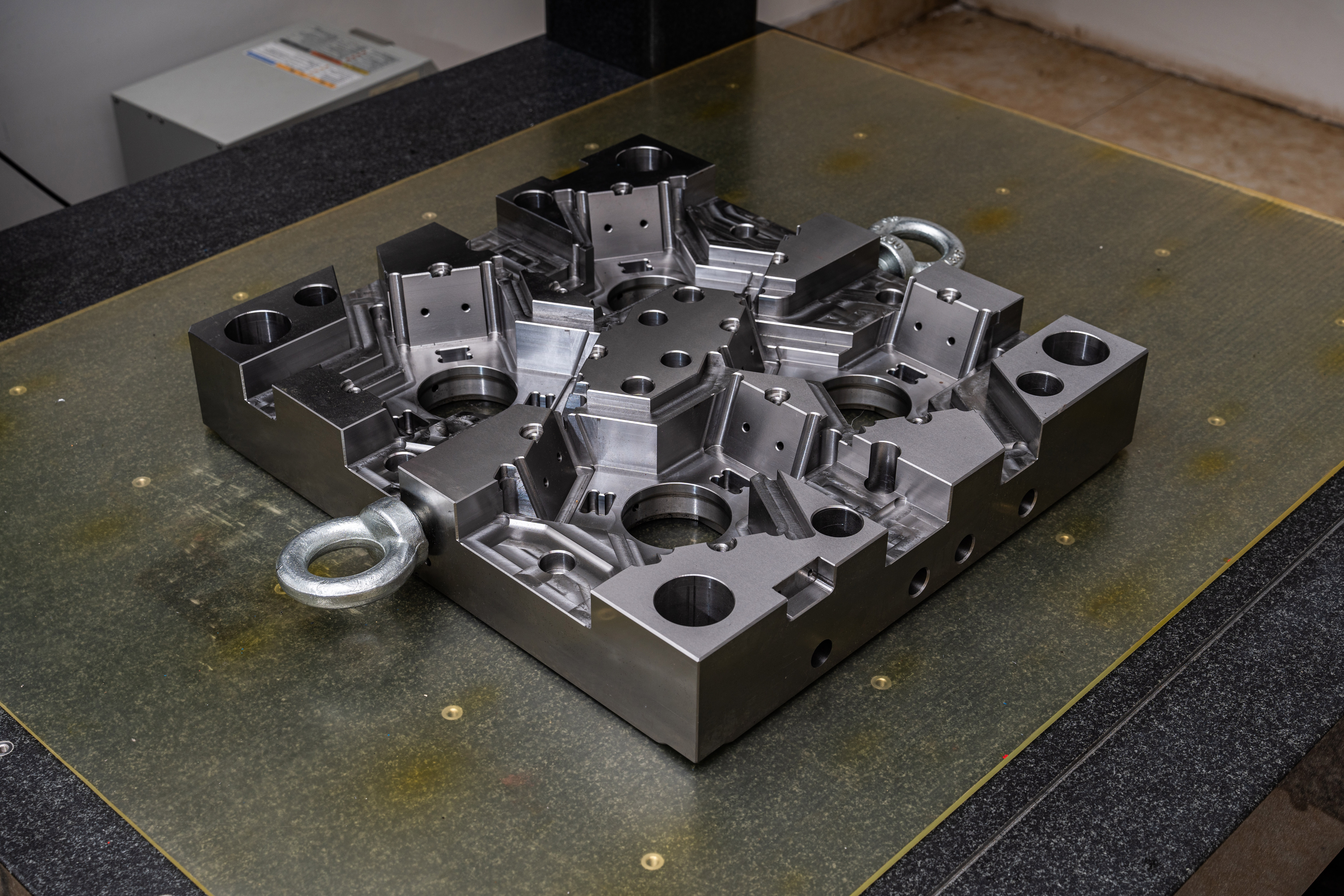How to Quote the Price for Non-standard Modular Scaffolding at Longji?
When it comes to the mold base industry, pricing non-standard modular scaffolding requires a thorough understanding of the specific requirements and complexities involved. Longji, being a renowned player in the industry, follows a comprehensive approach to ensure accurate and fair pricing for their non-standard modular scaffolding offerings. In this article, we will delve into the key factors that influence the pricing of non-standard modular scaffolding at Longji.
Product Customization
One of the primary factors that determine the pricing of non-standard modular scaffolding is the level of customization required. Longji offers a wide range of modular scaffolding solutions, and each project may require tailored modifications to meet the unique specifications. The complexity of the customization, such as the design changes, material alterations, or additional features, directly impacts the overall pricing. Longji's pricing team carefully evaluates the customization requirements and factors them into the final quote.
Material Selection
The choice of materials plays a crucial role in determining the price of non-standard modular scaffolding. Longji offers various options for scaffolding materials, including steel, aluminum, and advanced composite materials. Different materials have distinct characteristics, such as strength, weight, and durability, which affect the overall cost. Longji's pricing strategy factors in the material selection based on the customer's specific needs and budget constraints.
Engineering and Design Complexity
The engineering and design complexity of non-standard modular scaffolding projects directly impacts the pricing. Longji employs a team of experienced engineers who work closely with customers to develop tailored solutions. The complexity of the design, including intricate geometries, special load-bearing requirements, or unique assembly methods, requires additional engineering efforts. These engineering and design complexities are carefully examined and considered in the price estimation process.
Project Scale and Volume
The scale and volume of non-standard modular scaffolding projects have a considerable influence on the pricing strategy. Larger projects or higher volumes often enjoy economies of scale, leading to cost savings. Longji's pricing team evaluates the project size and volume to offer competitive pricing while ensuring profitability. Additionally, the team considers contractual agreements, such as long-term commitments or bulk orders, which may lead to discounted prices.
Market Competitiveness
The market competitiveness of non-standard modular scaffolding also affects its pricing. Longji closely monitors industry trends, customer demands, and competitor pricing to ensure its offerings remain competitive in the market. By aligning their pricing with industry standards and maintaining a balance between quality and pricing, Longji aims to provide value to its customers while staying competitive.
Conclusion
Pricing non-standard modular scaffolding at Longji requires a comprehensive evaluation of various factors. Customization requirements, material selection, engineering complexity, project scale, and market competitiveness are the key considerations that shape the pricing strategy. Longji's pricing team follows a professional approach to ensure fairness, accuracy, and competitiveness in quoting prices for non-standard modular scaffolding. By considering these factors and collaborating closely with customers, Longji strives to provide customized solutions that meet their needs and budgets.




